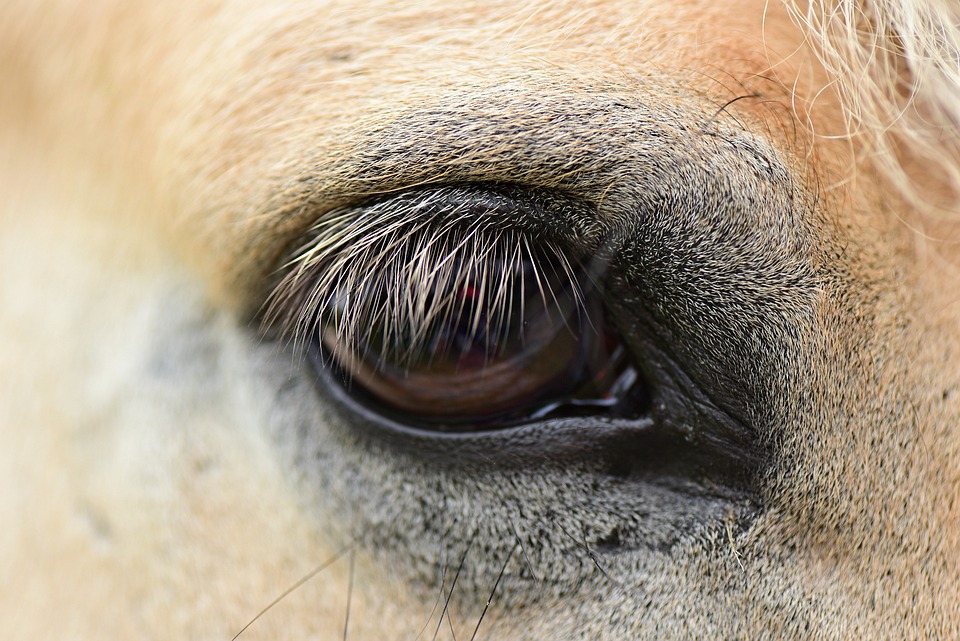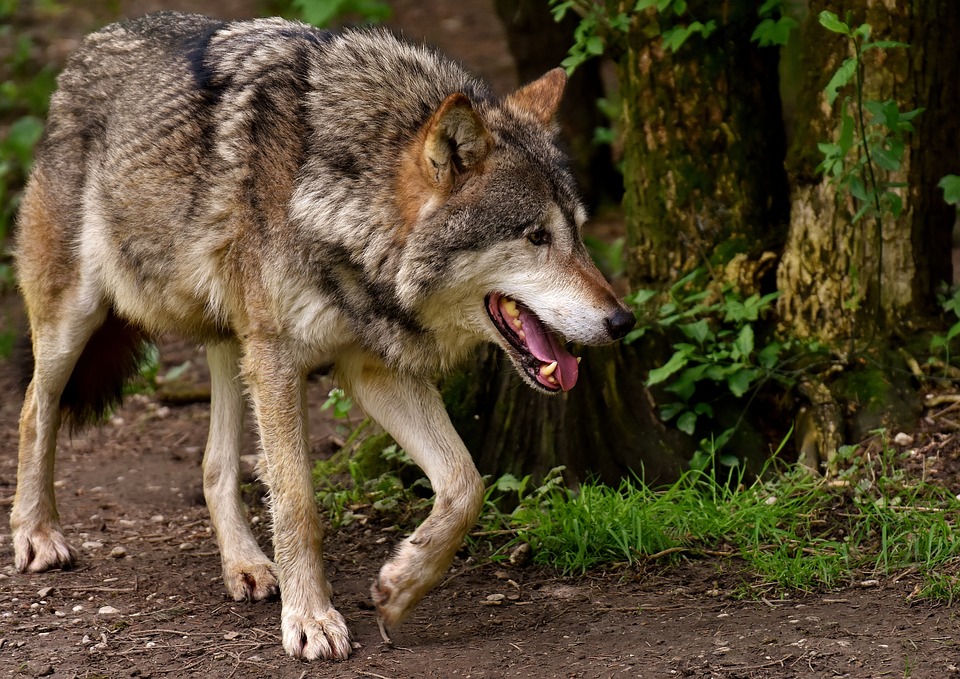Corrective Surgeries: Do They Hurt The Horse…Or The Breed?
Corrective surgeries in horses have long been a topic of debate within the equine community. Some argue that these procedures are necessary to improve the health and well-being of the animal, while others believe that they are simply cosmetic and can cause unnecessary pain and suffering. In this article, we will explore the different types of corrective surgeries performed on horses, their potential benefits and risks, and whether they ultimately hurt the horse or the breed as a whole.
One of the most common types of corrective surgeries performed on horses is castration, also known as gelding. This procedure involves the removal of the testicles in male horses to prevent them from reproducing and to reduce aggressive behavior. While castration is a routine procedure that is generally well-tolerated by horses, there are some risks involved, such as infection, bleeding, and post-operative pain. However, the benefits of castration, such as improved behavior and reduced risk of certain health issues, often outweigh these risks.
Another common corrective surgery performed on horses is arthroscopic surgery, which is used to treat joint problems such as osteoarthritis and chip fractures. This minimally invasive procedure involves inserting a small camera and surgical instruments into the joint through small incisions, allowing the veterinarian to visualize and repair the problem. While arthroscopic surgery can be highly effective in treating joint issues, there is a risk of complications such as infection, nerve damage, and prolonged recovery time. It is important for horse owners to weigh the potential benefits and risks of arthroscopic surgery before proceeding with the procedure.
In addition to castration and arthroscopic surgery, other types of corrective surgeries performed on horses include neurectomy (nerve blocking), colic surgery, and upper airway surgeries. These procedures are typically performed to alleviate pain, improve performance, or treat underlying health conditions. While corrective surgeries can be beneficial in certain cases, it is important for horse owners to carefully consider the potential risks and benefits before making a decision.
When it comes to the impact of corrective surgeries on the breed as a whole, there are differing opinions within the equine community. Some argue that these procedures are necessary to maintain the health and well-being of individual horses, while others believe that they can have negative consequences for the breed as a whole. For example, some critics argue that castration can lead to a reduction in genetic diversity within certain breeds, while others believe that arthroscopic surgery can mask underlying conformational issues that may be passed on to future generations.
In conclusion, corrective surgeries can be a valuable tool in maintaining the health and well-being of horses. However, it is important for horse owners to carefully consider the potential risks and benefits of these procedures before making a decision. Ultimately, the impact of corrective surgeries on the horse and the breed as a whole will depend on the individual circumstances and the goals of the owner. By working closely with a veterinarian and considering all options, horse owners can make informed decisions that prioritize the health and welfare of their animals.





